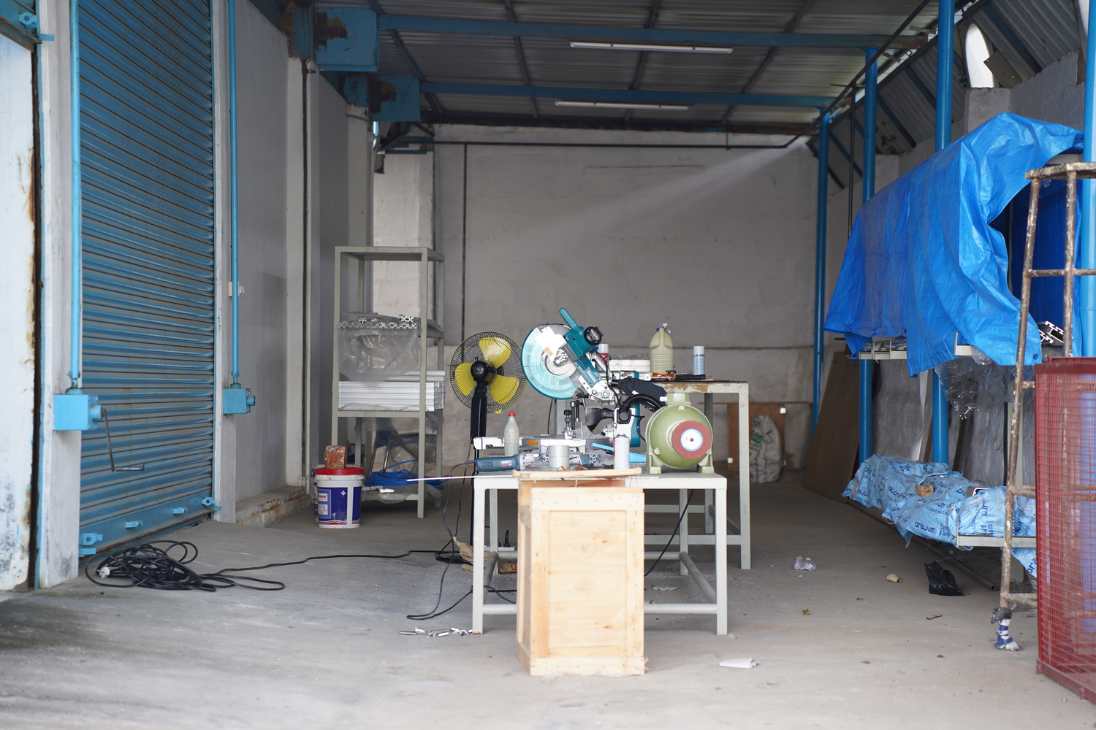Blog
**Unlocking Automation for Electronic Manufacturing Services to Enhance Shop Floor Efficiency and Productivity**
In the rapidly evolving landscape of electronic manufacturing services (EMS), the integration of automation technologies has emerged as a transformative solution to significantly enhance shop floor efficiency and productivity. This strategic implementation of automation not only streamlines production processes but also empowers manufacturers to meet escalating demands, reduce operational costs, and ensure consistent product quality. This section delves into the pivotal role of automation in the EMS sector, highlighting its benefits, challenges, and potential future developments.
Benefits of Automation in EMS:
- Enhanced Efficiency: Automation minimizes human intervention in repetitive and time-consuming tasks, allowing manufacturers to optimize resource allocation and reduce cycle times. This leads to increased throughput, reduced lead times, and improved overall operational efficiency.
- Consistent Quality: Automated systems ensure standardized processes, reducing the likelihood of human errors and defects. This results in higher product quality and reliability, which is particularly crucial in the electronics industry where precision is paramount.
- Scalability: Automation equips EMS providers to seamlessly scale up production to meet fluctuating demands. Rapid adjustments can be made without the need for extensive retraining or recruitment efforts.
- Data-Driven Decision Making: Automation generates real-time production data and analytics that enable data-driven decision-making. Manufacturers can identify bottlenecks, performance trends, and areas for improvement, fostering continuous enhancement of manufacturing processes.
- Cost Efficiency: Although initial setup costs can be substantial, the long- term savings gained from reduced labor costs, minimized material wastage, and optimized resource utilization justify the investment in automation technology.
Challenges and Considerations:
- Collaborative Robotics (Cobots): The integration of cobots, which work alongside human operators, is expected to rise. These robots can handle intricate tasks that demand human dexterity while reducing the risk of physical strain and errors.
- Artificial Intelligence (AI) and Machine Learning: AI-powered systems can analyze vast amounts of data to optimize processes, predict maintenance needs, and enhance decision-making across the production chain.
- Internet of Things (IoT) Connectivity: IoT-enabled devices can facilitate real-time monitoring, tracking, and remote control of manufacturing equipment, enabling efficient maintenance and proactive issue resolution.
- 3D printing technology can revolutionize the production of electronic components, allowing for rapid prototyping, customization, and reduced material waste.
In conclusion, the adoption of automation in electronic manufacturing services is a strategic imperative for achieving higher levels of efficiency, productivity, and competitiveness. While challenges persist, the benefits, including enhanced quality, scalability, and data-driven decision-making, outweigh the initial obstacles. As technology continues to advance, the EMS sector stands poised to leverage emerging trends like collaborative robotics, AI, and IoT connectivity to further revolutionize its operations and reshape the future of electronic manufacturing.









